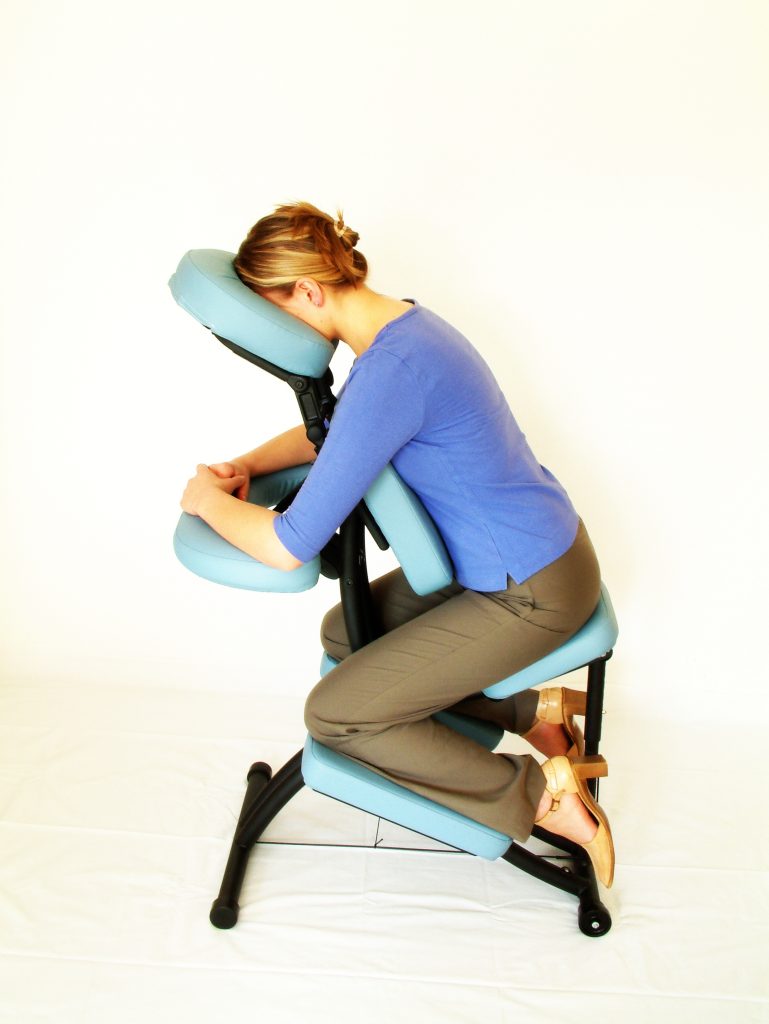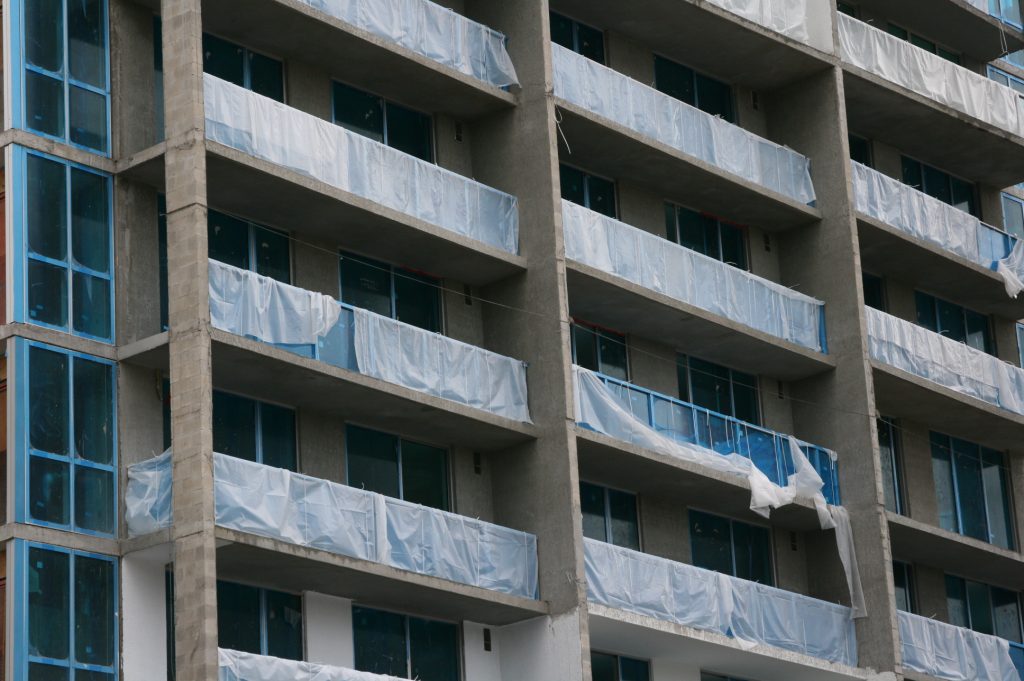 The old saying goes: nothing is certain but death and taxes. In the case of property taxes on real, or immovable, property, failure of payment can permit the sheriff of the parish in which the property is located to hold a “tax sale.” In a tax sale, the delinquent property taxes are paid out of the proceeds of the property’s sale. Removing a homeowner from his residence in order to pay overdue taxes is a very serious and potentially damaging action — both financially and emotionally — for the homeowner. For this reason, under Louisiana law, property owners who lose their homes due to a tax sale have options for reclaiming their property after a tax sale if they can obtain sufficient funds to make good on what they owe. This process is known as redemption of the property. If redemption is not feasible, a homeowner can still seek an annulment of the tax sale if certain conditions are met. A case that came before Louisiana’s Fifth Circuit Court of Appeal illustrates how these procedures operate.
The old saying goes: nothing is certain but death and taxes. In the case of property taxes on real, or immovable, property, failure of payment can permit the sheriff of the parish in which the property is located to hold a “tax sale.” In a tax sale, the delinquent property taxes are paid out of the proceeds of the property’s sale. Removing a homeowner from his residence in order to pay overdue taxes is a very serious and potentially damaging action — both financially and emotionally — for the homeowner. For this reason, under Louisiana law, property owners who lose their homes due to a tax sale have options for reclaiming their property after a tax sale if they can obtain sufficient funds to make good on what they owe. This process is known as redemption of the property. If redemption is not feasible, a homeowner can still seek an annulment of the tax sale if certain conditions are met. A case that came before Louisiana’s Fifth Circuit Court of Appeal illustrates how these procedures operate.
Mark Manganello owned a condominium on Avant Garde Circle in Kenner, Louisiana. He failed to pay property taxes for the condo in 2009. In April 2010, the Jefferson Parish Sheriff’s Office notified Manganello of his property tax delinquency by certified mail. Two months later, the Sheriff’s Office advertised a tax sale of the property, and the property was purchased by Virtocon Financial Services. A Tax Sale Certificate in favor of Virtocon was recorded in the immovable property records of Jefferson Parish. Virtocon subsequently assigned its rights to the Tax Sale Certificate to Philnola, LLC.
Four years later, Philnola filed a lawsuit against Manganello to confirm the tax title of the property. Philnola asserted that Manganello was properly notified of the tax sale, but that he neither paid the taxes due nor redeemed the property within the three year period provided by Louisiana law. Phinola’s motion for summary judgment was denied by the trial court, however, because the court found genuine issues of material fact existed in relation to whether Mangenello sought redemption of the property. Then Phinola filed a second motion for summary judgment, arguing that Manganello failed to begin a proceeding to annul the tax sale within the six-month service notice of sale as required by Article 7 of the State Constitution. Philnola argued that because Manganello failed to seek an annulment of the tax sale, the property should belong to Phinola. Manganello argued that because the 2009 taxes had either been paid or because he had begun the redemption process within the statutory redemption period, there was no reason to seek an annulment of the tax sale. The trial court granted the second motion for summary judgment and confirmed Philnola’s tax title to the property. Manganello appealed to the Fifth Circuit.
 Louisiana Personal Injury Lawyer Blog
Louisiana Personal Injury Lawyer Blog


 Have you ever heard the maxim “be careful what you wish for?” This phrase applies almost savagely to Robert Alvarez, a New Orleans financial advisor who sought relief on appeal from an order to pay attorney’s fees and costs in a dispute with his former employer.
Have you ever heard the maxim “be careful what you wish for?” This phrase applies almost savagely to Robert Alvarez, a New Orleans financial advisor who sought relief on appeal from an order to pay attorney’s fees and costs in a dispute with his former employer.  In order to prevail in a lawsuit, the plaintiff must have a “cause of action,” which is a theory of law supported by facts that the court can recognize as a path to providing the plaintiff a remedy. At trial, a defendant may raise a peremptory exception — essentially an argument that the court cannot help the plaintiff with his or her problem — if the plaintiff’s petition does not allege facts that support the cause of action.
In order to prevail in a lawsuit, the plaintiff must have a “cause of action,” which is a theory of law supported by facts that the court can recognize as a path to providing the plaintiff a remedy. At trial, a defendant may raise a peremptory exception — essentially an argument that the court cannot help the plaintiff with his or her problem — if the plaintiff’s petition does not allege facts that support the cause of action.  Generally, when an accident occurs on a property that is the result of the property owner’s negligence, it is presumed that the property owner is liable for the person’s injury. However, when liability does not exist, a motion for summary judgment is a procedural device that the defendant in a lawsuit can use to dismiss the plaintiff’s claim. Under Louisiana law, a motion for summary judgment will be granted if the pleadings and discovery show there is no genuine issue of material fact and that the party seeking summary judgment is entitled to judgment as a matter of law.
Generally, when an accident occurs on a property that is the result of the property owner’s negligence, it is presumed that the property owner is liable for the person’s injury. However, when liability does not exist, a motion for summary judgment is a procedural device that the defendant in a lawsuit can use to dismiss the plaintiff’s claim. Under Louisiana law, a motion for summary judgment will be granted if the pleadings and discovery show there is no genuine issue of material fact and that the party seeking summary judgment is entitled to judgment as a matter of law. A therapeutic massage can offer many medical benefits. But if the massage therapist uses too much force, or applies force in an inappropriate way, severe injury to the patient can result. In such cases, an experienced personal injury attorney may be needed in order for the patient to recover damages for medical bills, lost time from work, as well as pain and suffering.
A therapeutic massage can offer many medical benefits. But if the massage therapist uses too much force, or applies force in an inappropriate way, severe injury to the patient can result. In such cases, an experienced personal injury attorney may be needed in order for the patient to recover damages for medical bills, lost time from work, as well as pain and suffering.  When a healthcare provider is dealing with workers’ compensation cases, the outcome can be a bureaucratic nightmare. When insurance companies also get involved, legal disputes are bound to arise. Courts have to navigate these cases, even when they seemingly end in a mutual settlement agreement by all parties.
When a healthcare provider is dealing with workers’ compensation cases, the outcome can be a bureaucratic nightmare. When insurance companies also get involved, legal disputes are bound to arise. Courts have to navigate these cases, even when they seemingly end in a mutual settlement agreement by all parties.  Imagine shopping for flooring on a Saturday. The store is crowded and the samples of luxury vinyl tile are starting to all look the same. The flooring store has graciously placed a bench in the showroom. Much to everyone’s embarrassment, however, the bench collapses under the weight of a patron. Who is responsible for the injuries both to pride and physical body in this situation? For one Gretna, Louisiana woman, a lack of evidence on the cause of the malfunction caused her lawsuit to collapse as well.
Imagine shopping for flooring on a Saturday. The store is crowded and the samples of luxury vinyl tile are starting to all look the same. The flooring store has graciously placed a bench in the showroom. Much to everyone’s embarrassment, however, the bench collapses under the weight of a patron. Who is responsible for the injuries both to pride and physical body in this situation? For one Gretna, Louisiana woman, a lack of evidence on the cause of the malfunction caused her lawsuit to collapse as well.  Slip and fall cases seem to go with grocery stores like peanut butter goes with jelly. With all that slick inventory, it is surprising there are not more accidents. Who is responsible for injuries from these accidents? As with many legal issues, it is complicated. For one man out of Slidell, a lack of evidence caused his case to fall flat and release the grocery store from all liability.
Slip and fall cases seem to go with grocery stores like peanut butter goes with jelly. With all that slick inventory, it is surprising there are not more accidents. Who is responsible for injuries from these accidents? As with many legal issues, it is complicated. For one man out of Slidell, a lack of evidence caused his case to fall flat and release the grocery store from all liability.  It really does go without saying, but lawsuits tend to progress slowly. Delays abound and the realities of finite court resources mean that lawsuits can take years to complete. As an alternative to using this system, some parties will agree to arbitrate disputes. Arbitration takes place outside the court system before a contractually agreed upon third party who hears evidence and renders a final decision (much like a judge). Although it is sometimes successful, arbitration can often result in court litigation anyway. After a dispute arose over the quality of some condo construction in Biloxi, Mississippi, the New Orleans Glass Company attempted to litigate rather than arbitrate.
It really does go without saying, but lawsuits tend to progress slowly. Delays abound and the realities of finite court resources mean that lawsuits can take years to complete. As an alternative to using this system, some parties will agree to arbitrate disputes. Arbitration takes place outside the court system before a contractually agreed upon third party who hears evidence and renders a final decision (much like a judge). Although it is sometimes successful, arbitration can often result in court litigation anyway. After a dispute arose over the quality of some condo construction in Biloxi, Mississippi, the New Orleans Glass Company attempted to litigate rather than arbitrate.  When accidents happen, especially at work, it is natural for us to want to be made whole again: put back together as much as possible so our lives can return to normal. Sometimes, recovery for these accidents only covers the harm we can see. A worker injured on the job may appear healed physically but have more internal healing that needs treatment. This issue was examined in a workers’ compensation case appealed to the Louisiana First Circuit Court of Appeal in 2016.
When accidents happen, especially at work, it is natural for us to want to be made whole again: put back together as much as possible so our lives can return to normal. Sometimes, recovery for these accidents only covers the harm we can see. A worker injured on the job may appear healed physically but have more internal healing that needs treatment. This issue was examined in a workers’ compensation case appealed to the Louisiana First Circuit Court of Appeal in 2016.